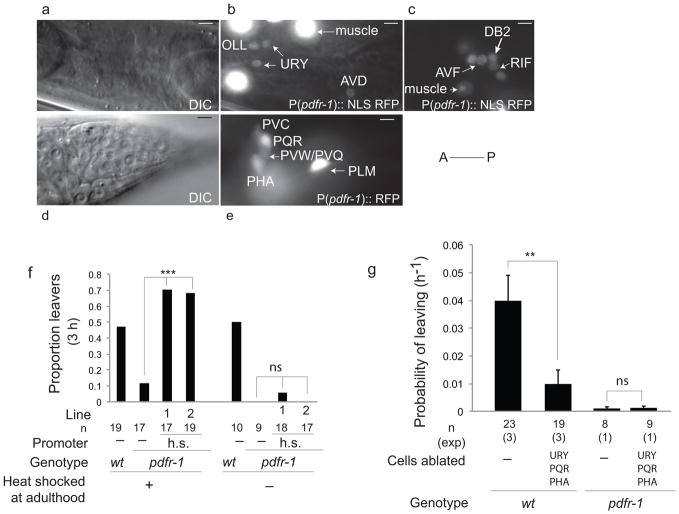Figure 4. pdfr-1 is required in sensory neurons URY, PQR and PHA to produce mate-searching behavior.
(a–e) Expression of P(pdfr-1)::RFP in males at the L4 stage. (a and d) DIC images, (b, c and e) fluorescence images. Neurons in the head (a, b) and the retro-vesicular ganglion (c) labeled with a pdfr-1::NLS RFP reporter. (d and e), neurons in the tail labeled with a pdfr-1::RFP reporter. Anterior is to the left in all images. (a, b, d and e) lateral views; (c) ventral view. Scale bars, 5 μm
(f) Rescue of mate-searching behavior in pdfr-1(bx142) mutants with a heat-shock inducible promoter driving isoforms b and d. Lines indicate independent arrays of the transgene. Graphs show the proportion of males that left food after 3 hours of leaving assay. n indicates number of animals tested; χ2 test was used for statistical analysis, ***p<0.001, ns: no statistically significant difference (p≥0.05).
(g) Effects of laser ablation of URY, PQR and PHA on mate-searching behavior in wild type and pdfr-1(bx142) males. The rate of leaving in non-ablated control wild-type males was slightly reduced by the presence of the transgenes used to identify the target neurons. Error bars indicate SEM; n indicates total number of animals tested; (exp) indicates the number of independent population-based experiments. Maximum likelihood statistical analysis was used to compare PL values. **p<0.01, ns: no statistically significant difference (p≥0.05).

